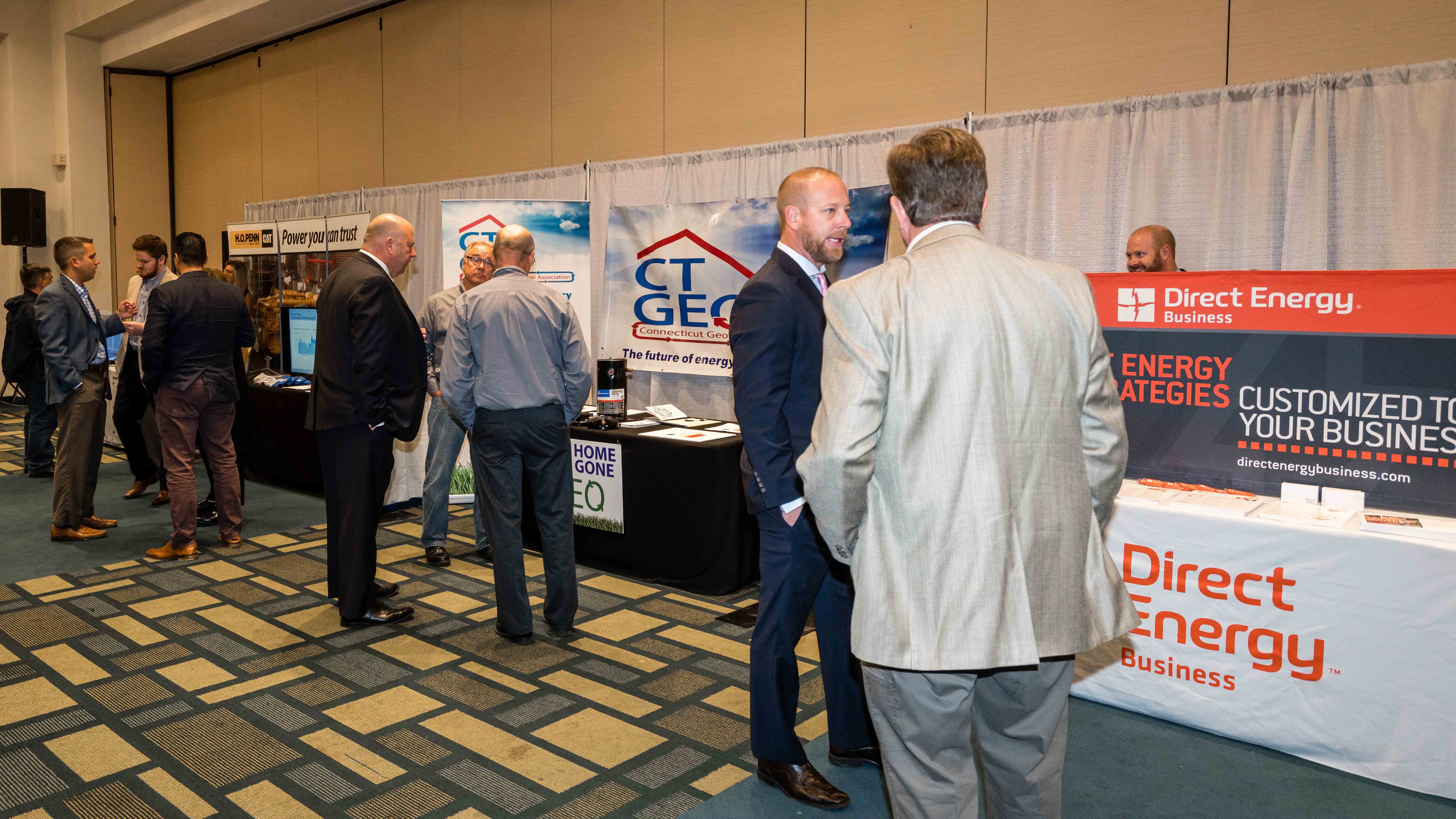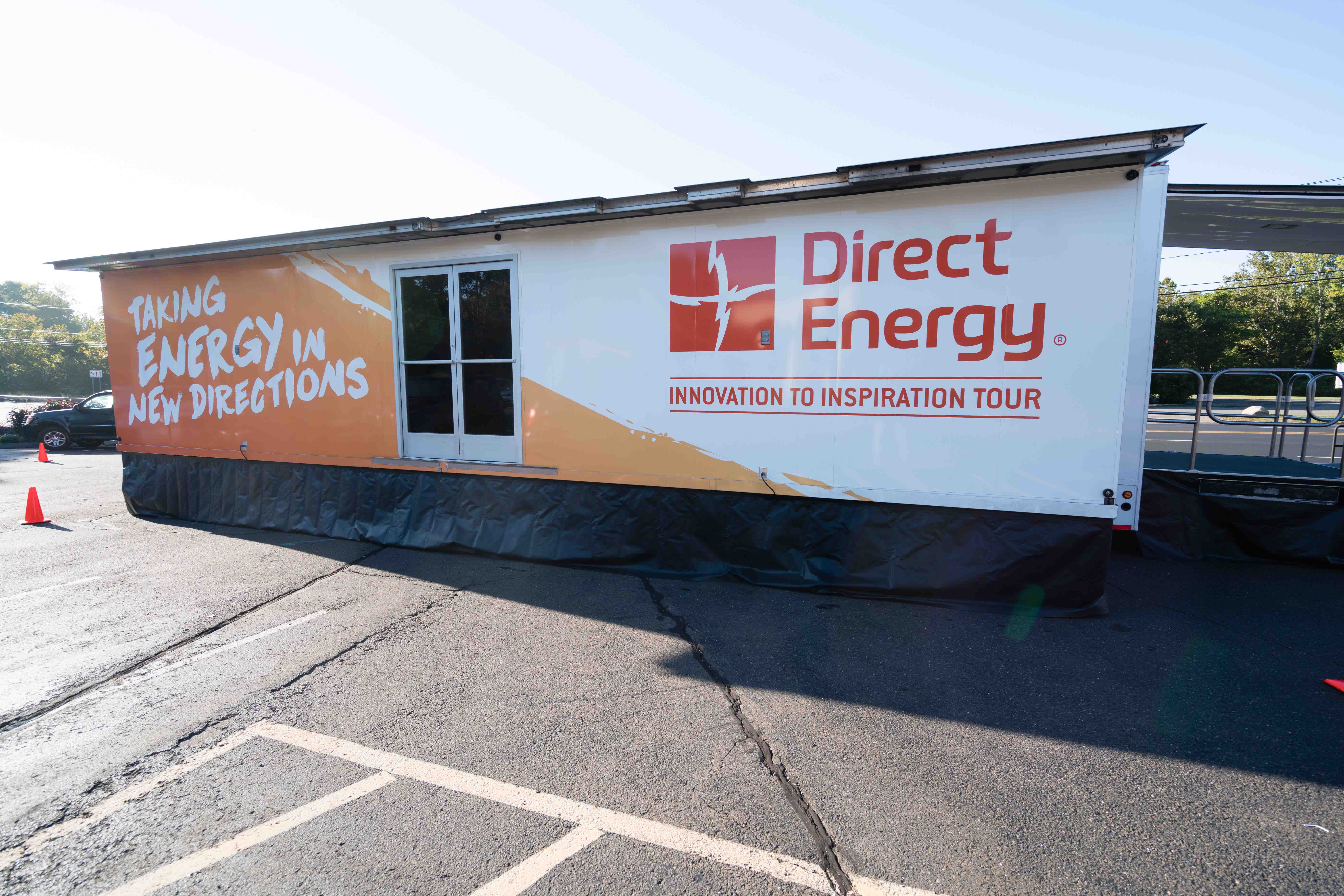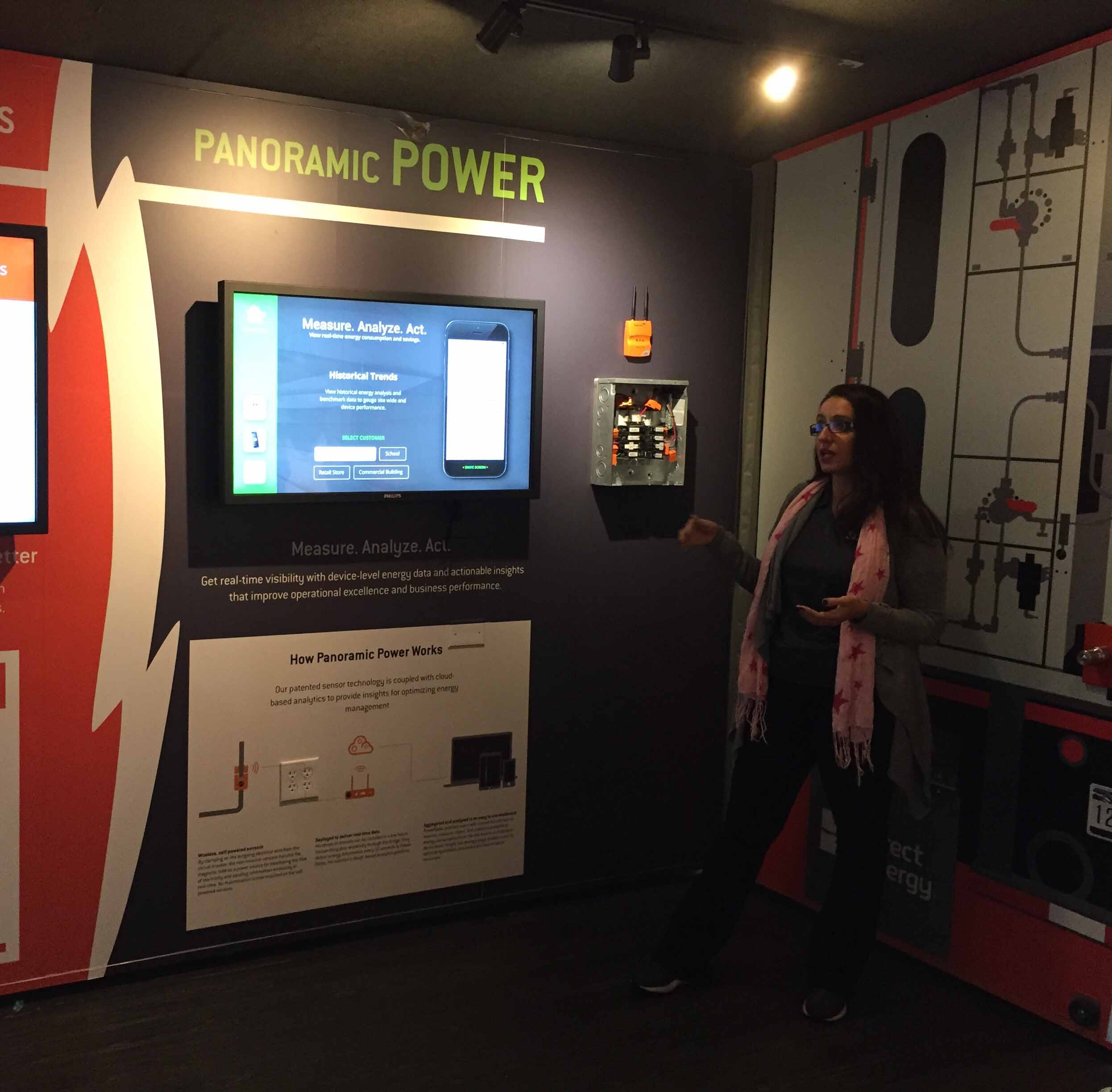

On October 5, 2016, the Connecticut Power and Energy Society (CPES) and the Connecticut Business and Industry Association (CBIA) hosted their annual business energy conference to discuss the state’s upcoming Comprehensive Energy Strategy, technologies that are changing the way we use energy, and the politics behind energy policy in the state.
Keynote Address
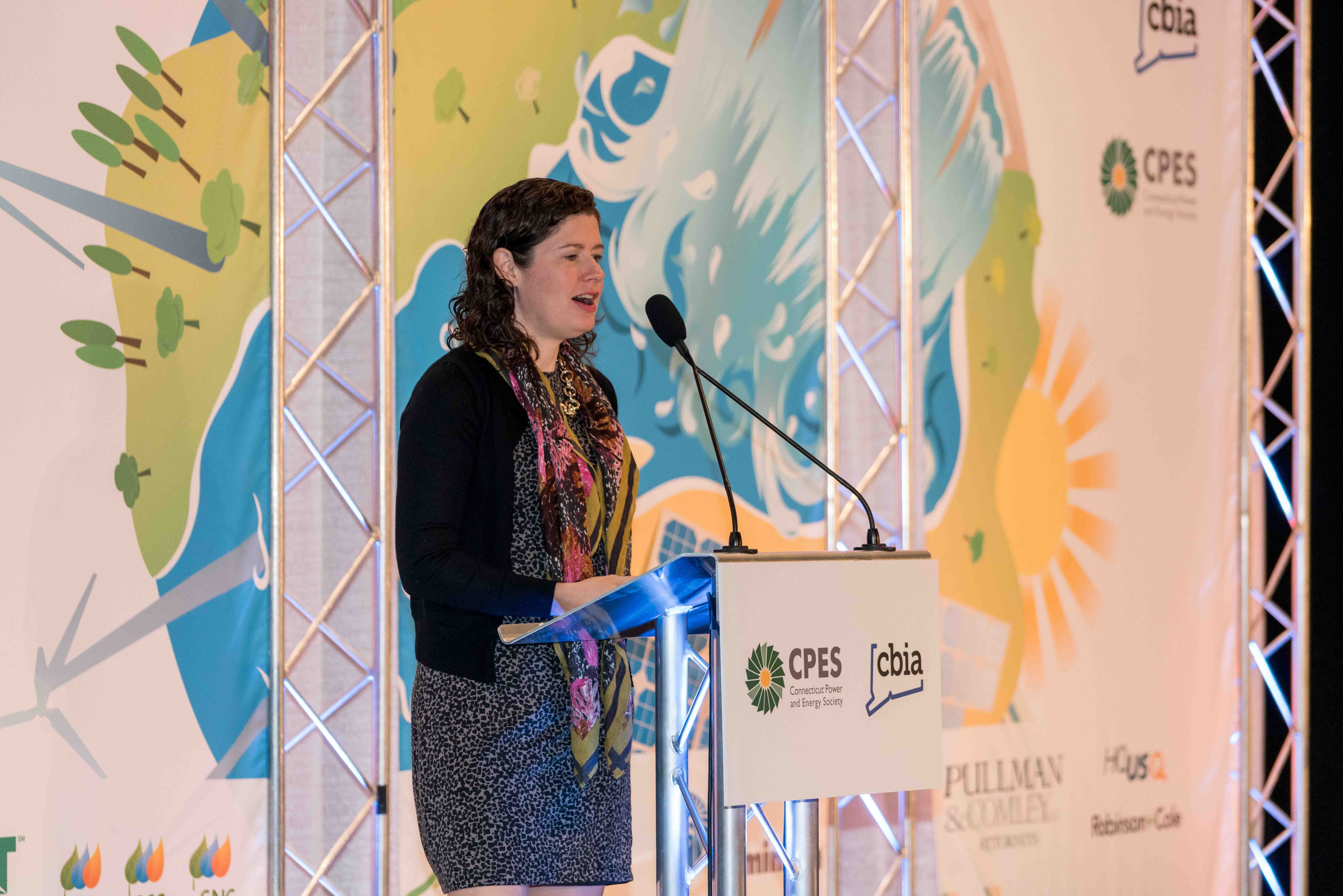 Katie Dykes, Deputy Commissioner for Energy of the Connecticut Department of Energy and Environmental Protection (DEEP), delivered opening remarks, highlighting the work Connecticut has done to advance the objectives of electric restructuring and to prepare a comprehensive energy strategy for the state. Dykes explained that one of the primary objectives of electric restructuring, in addition to shifting investment risk away from electric ratepayers and onto company shareholders, was to maintain a commitment to fuel diversity, including the development of clean energy resources. She noted that since 2011, Connecticut has launched five competitive Requests for Proposals (RFPs) for grid-scale renewable energy sources, resulting in the procurement of more than 465 megawatts (MW) of renewable energy. Dykes signaled a continued need to decarbonize the electric grid in order to meet the state’s long-term greenhouse gas (GHG) reduction goals contained in the 2008 Global Warming Solutions Act (GWSA). The GWSA calls for an 80% reduction in GHG emissions below 2001 levels by 2050. Dykes touched on the role of existing generation in the state, particularly nuclear, in maintaining fuel diversity and meeting the state’s GHG reduction goals. This issue, she said, will be taken up in the 2016 Comprehensive Energy Strategy, scheduled for release in draft form later this year. A copy of her presentation can be found here.
Katie Dykes, Deputy Commissioner for Energy of the Connecticut Department of Energy and Environmental Protection (DEEP), delivered opening remarks, highlighting the work Connecticut has done to advance the objectives of electric restructuring and to prepare a comprehensive energy strategy for the state. Dykes explained that one of the primary objectives of electric restructuring, in addition to shifting investment risk away from electric ratepayers and onto company shareholders, was to maintain a commitment to fuel diversity, including the development of clean energy resources. She noted that since 2011, Connecticut has launched five competitive Requests for Proposals (RFPs) for grid-scale renewable energy sources, resulting in the procurement of more than 465 megawatts (MW) of renewable energy. Dykes signaled a continued need to decarbonize the electric grid in order to meet the state’s long-term greenhouse gas (GHG) reduction goals contained in the 2008 Global Warming Solutions Act (GWSA). The GWSA calls for an 80% reduction in GHG emissions below 2001 levels by 2050. Dykes touched on the role of existing generation in the state, particularly nuclear, in maintaining fuel diversity and meeting the state’s GHG reduction goals. This issue, she said, will be taken up in the 2016 Comprehensive Energy Strategy, scheduled for release in draft form later this year. A copy of her presentation can be found here.
The Draft Comprehensive Energy Strategy and Economic Competitiveness: What’s at Stake?
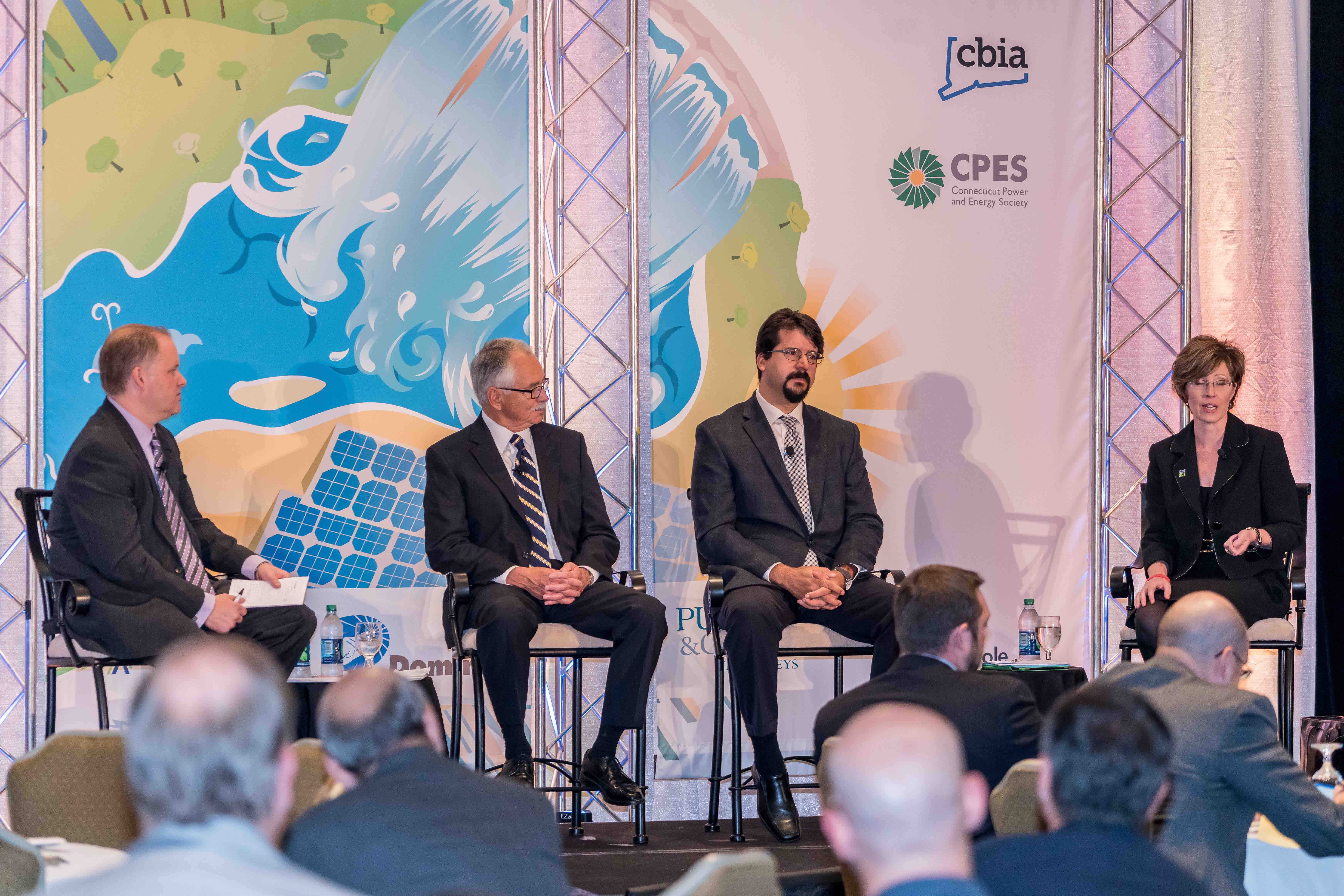 Eric Johnson, Director of External Affairs for ISO New England, moderated the first panel of the day on Connecticut’s upcoming Comprehensive Energy Strategy and what it means for the state’s economic competitiveness. Panelists included Carl Gustin, Consultant with the New England Coalition for Affordable Energy; Marc Montalvo, President of Daymark Energy Advisors; and Heather Hunt, Executive Director of the New England States Committee on Electricity (NESCOE). Carl Gustin focused his remarks on the affordability of energy and the concerns he has surrounding price volatility and regional competitiveness. Gustin stressed the need for additional energy infrastructure in the region, including natural gas pipeline capacity, in order to avoid billions of dollars of added energy costs by 2020. Marc Montalvo discussed analysis his organization is completing to quantify the impacts of not building cost-effective energy infrastructure in the region, including impacts on employment and gross domestic product. Heather Hunt touched on the Integrating Markets and Public Policy (IMAPP) Initiative, an effort the New England Power Pool (NEPOOL) has launched to identify how state laws that promote clean energy can be incorporated into the region’s wholesale electricity markets. This effort, she explained, is in the beginning stages; any changes to the wholesale electricity markets will take several years to implement.
Eric Johnson, Director of External Affairs for ISO New England, moderated the first panel of the day on Connecticut’s upcoming Comprehensive Energy Strategy and what it means for the state’s economic competitiveness. Panelists included Carl Gustin, Consultant with the New England Coalition for Affordable Energy; Marc Montalvo, President of Daymark Energy Advisors; and Heather Hunt, Executive Director of the New England States Committee on Electricity (NESCOE). Carl Gustin focused his remarks on the affordability of energy and the concerns he has surrounding price volatility and regional competitiveness. Gustin stressed the need for additional energy infrastructure in the region, including natural gas pipeline capacity, in order to avoid billions of dollars of added energy costs by 2020. Marc Montalvo discussed analysis his organization is completing to quantify the impacts of not building cost-effective energy infrastructure in the region, including impacts on employment and gross domestic product. Heather Hunt touched on the Integrating Markets and Public Policy (IMAPP) Initiative, an effort the New England Power Pool (NEPOOL) has launched to identify how state laws that promote clean energy can be incorporated into the region’s wholesale electricity markets. This effort, she explained, is in the beginning stages; any changes to the wholesale electricity markets will take several years to implement.
Using Technology to Meet Your Energy Needs
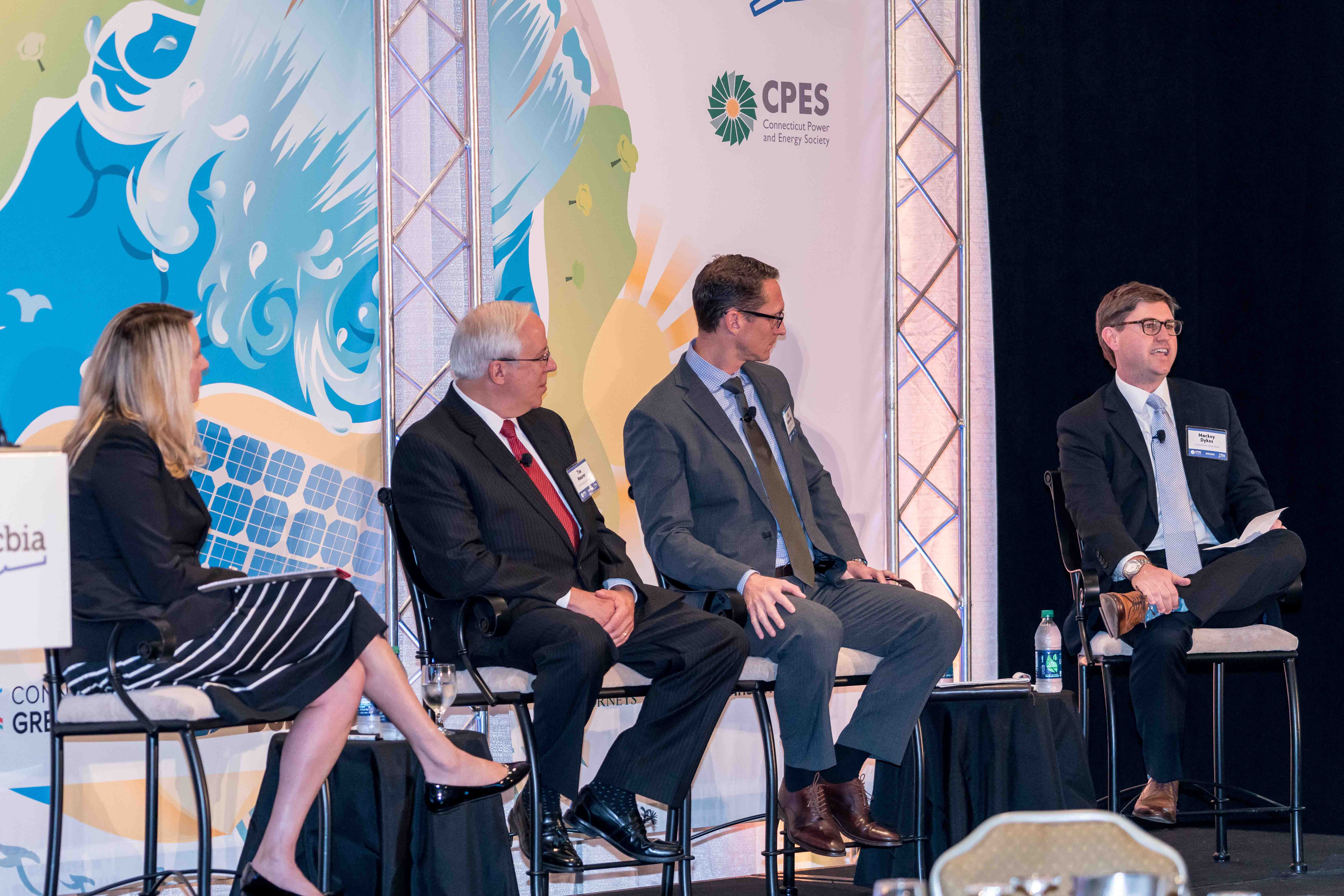 Sandi Hennequin, Vice President of U.S. Public Affairs for Emera Energy, moderated the second panel of the day on new trends and technologies for managing electricity use. Panelists included Mackey Dykes, Vice President of Commercial and Industrial Programs for the Connecticut Green Bank; Tim Maurer, Director of Energy Information Services for Artis Energy Solutions; and Bill Kenworthy, Director of Products for Direct Energy Business. Mackey Dykes discussed the sophisticated financing mechanisms employed by the Connecticut Green Bank to promote commercial and residential energy-efficiency and renewable energy projects in the state. Tim Maurer focused on the importance of using data analytics and interoperability to find energy savings for business customers, especially in a high-cost region like New England. Bill Kenworthy discussed the use of technology to monitor energy consumption so that companies can understand exactly where their energy use is coming from and how to create savings.
Sandi Hennequin, Vice President of U.S. Public Affairs for Emera Energy, moderated the second panel of the day on new trends and technologies for managing electricity use. Panelists included Mackey Dykes, Vice President of Commercial and Industrial Programs for the Connecticut Green Bank; Tim Maurer, Director of Energy Information Services for Artis Energy Solutions; and Bill Kenworthy, Director of Products for Direct Energy Business. Mackey Dykes discussed the sophisticated financing mechanisms employed by the Connecticut Green Bank to promote commercial and residential energy-efficiency and renewable energy projects in the state. Tim Maurer focused on the importance of using data analytics and interoperability to find energy savings for business customers, especially in a high-cost region like New England. Bill Kenworthy discussed the use of technology to monitor energy consumption so that companies can understand exactly where their energy use is coming from and how to create savings.
Energy and the Headlines
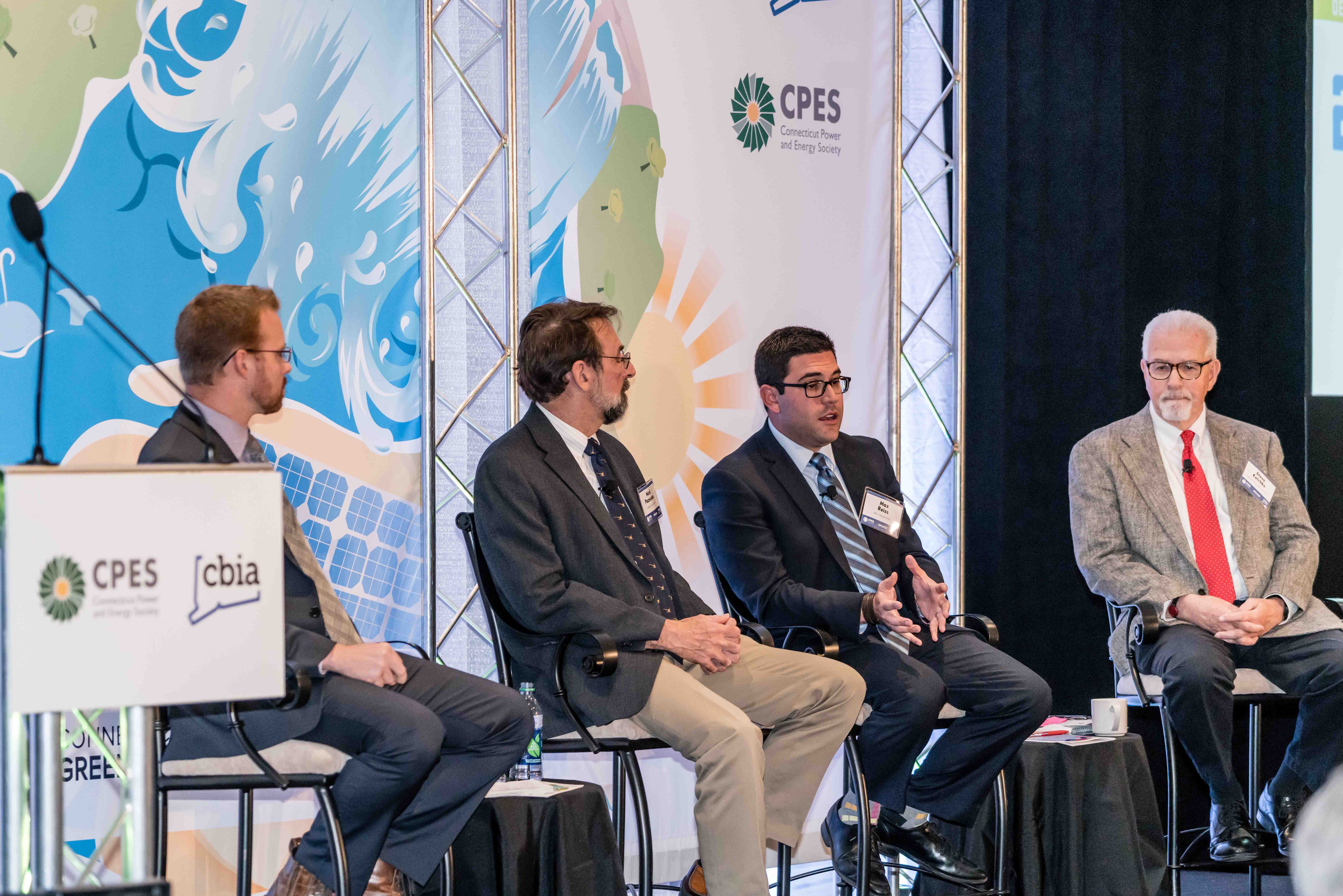 Brad Kane, Editor for the Worcester Business Journal, moderated the final panel of the day, featuring perspectives from various media outlets in Connecticut. Panelists included Mark Pazniokas, Capitol Bureau Chief for the Connecticut Mirror; Max Reiss, State Reporter for NBC Connecticut; and Steve Kotchko, News Director for the Connecticut Radio Network. The panelists discussed state politics and dynamics at play within the state legislature. They stressed that the General Assembly is a part-time legislature, and, oftentimes, legislators do not have the background or resources to understand all of the ramifications of a particular bill. They also noted that pressures unrelated to energy, like closing a budget deficit, can drive the legislative process during session.
Brad Kane, Editor for the Worcester Business Journal, moderated the final panel of the day, featuring perspectives from various media outlets in Connecticut. Panelists included Mark Pazniokas, Capitol Bureau Chief for the Connecticut Mirror; Max Reiss, State Reporter for NBC Connecticut; and Steve Kotchko, News Director for the Connecticut Radio Network. The panelists discussed state politics and dynamics at play within the state legislature. They stressed that the General Assembly is a part-time legislature, and, oftentimes, legislators do not have the background or resources to understand all of the ramifications of a particular bill. They also noted that pressures unrelated to energy, like closing a budget deficit, can drive the legislative process during session.
Direct Energy’s Innovation to Inspiration Mobile Exhibit
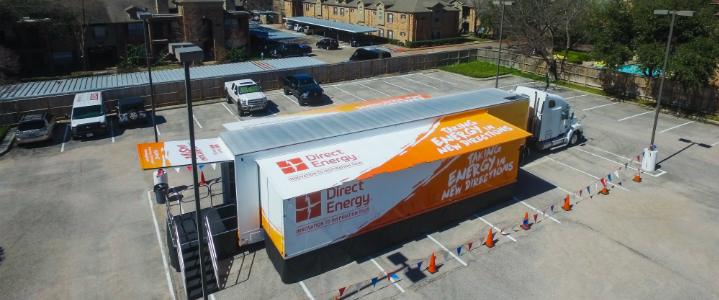 During breaks, conference attendees visited Direct Energy’s one-of-a-kind Innovation to Inspiration mobile exhibit, which featured innovative devices and appliances for managing energy use in your home or business. For more information, visit: https://www.directenergy.com/innovation-to-inspiration/.
During breaks, conference attendees visited Direct Energy’s one-of-a-kind Innovation to Inspiration mobile exhibit, which featured innovative devices and appliances for managing energy use in your home or business. For more information, visit: https://www.directenergy.com/innovation-to-inspiration/.
THANK YOU TO OUR SPONSORS!
Connecticut Green Bank, Dominion, Pullman & Comley, HQUSQ, Robinson + Cole









